Chilli Billie Penguin User manual




















Table of contents
Popular Stove manuals by other brands
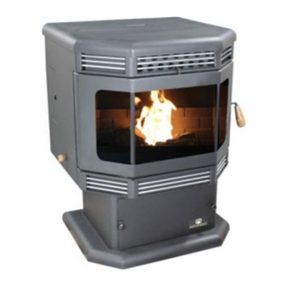
Breckwell
Breckwell Luxury P2700FSA owner's manual

NORDIC FIRE
NORDIC FIRE Rosanna User and installation manual

RIKA
RIKA TOPOII operating manual

Stanley
Stanley Solis Inset 500 Installation and operating instructions
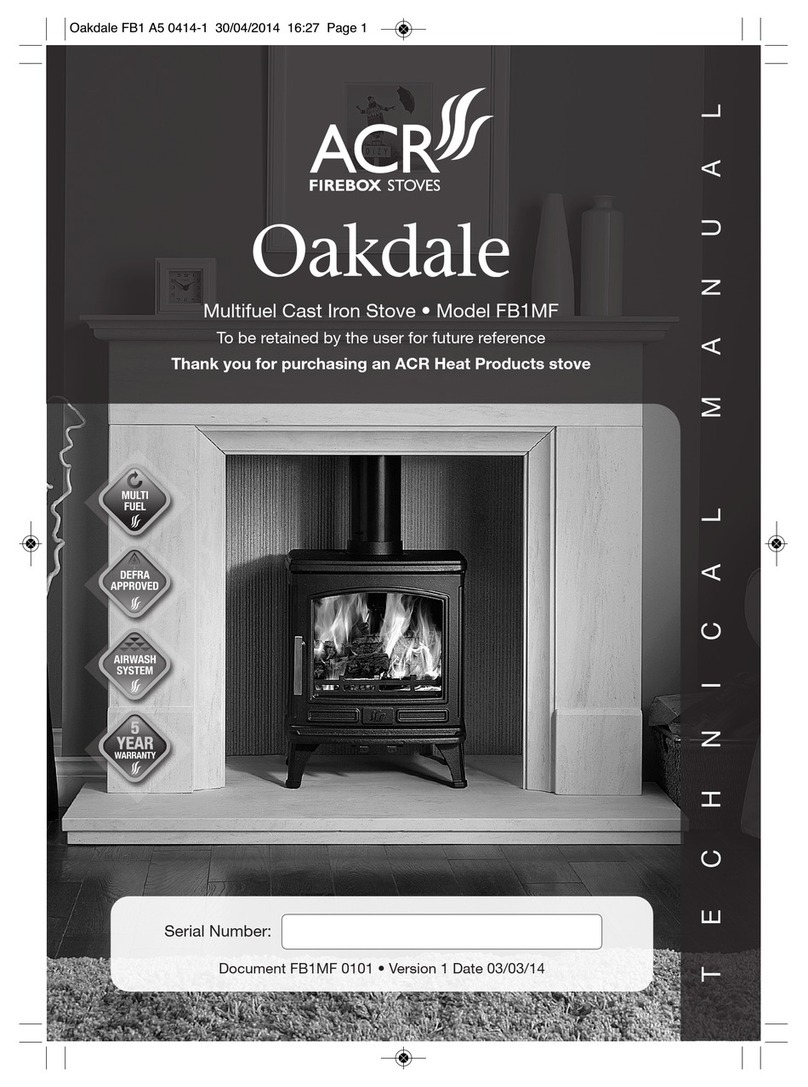
ACR STOVES
ACR STOVES Oakdale FB1MF Technical manual

Sears
Sears 776.74181 Operating instructions and parts list

Heatilator
Heatilator ECO-NZ-PS35 owner's manual
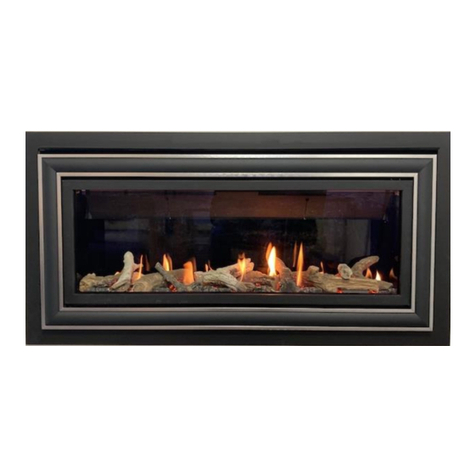
Infinity
Infinity 890 HDBF Instruction for user, Installation & Servicing

Angelo Po
Angelo Po 1G1FAPG Use and installation manual
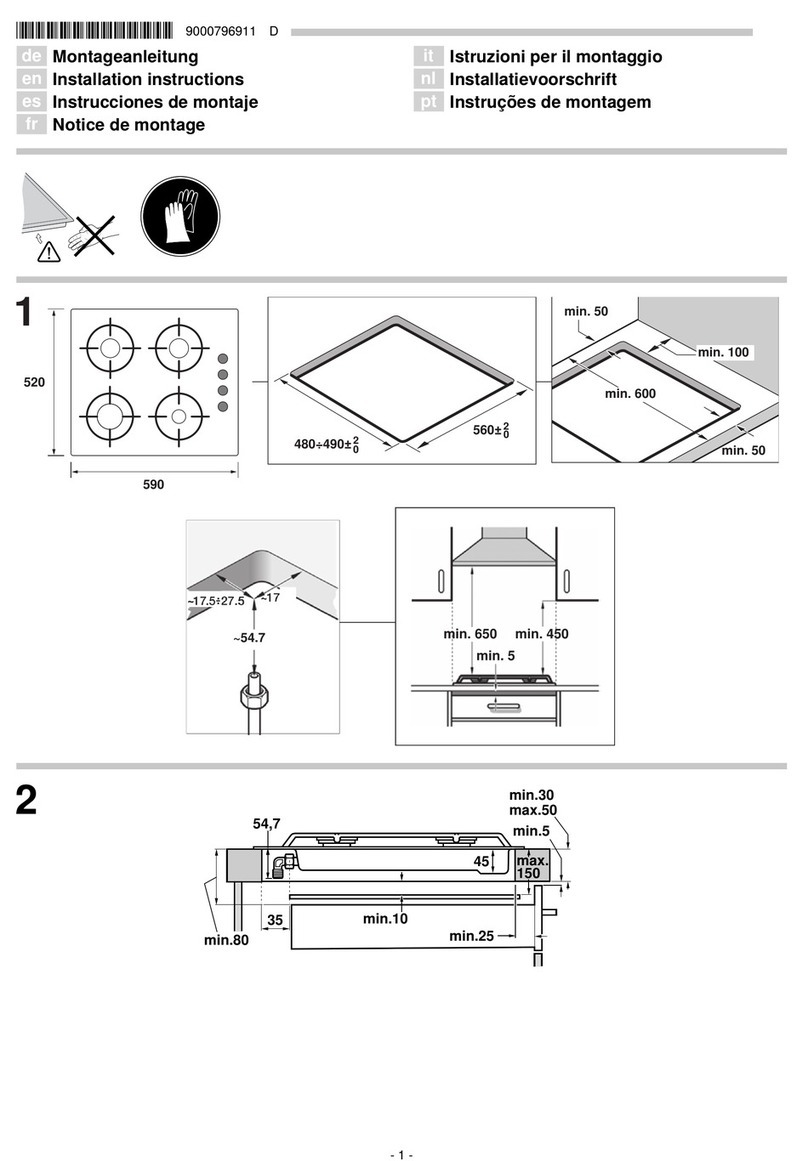
BALAY
BALAY 3ETG494B installation instructions
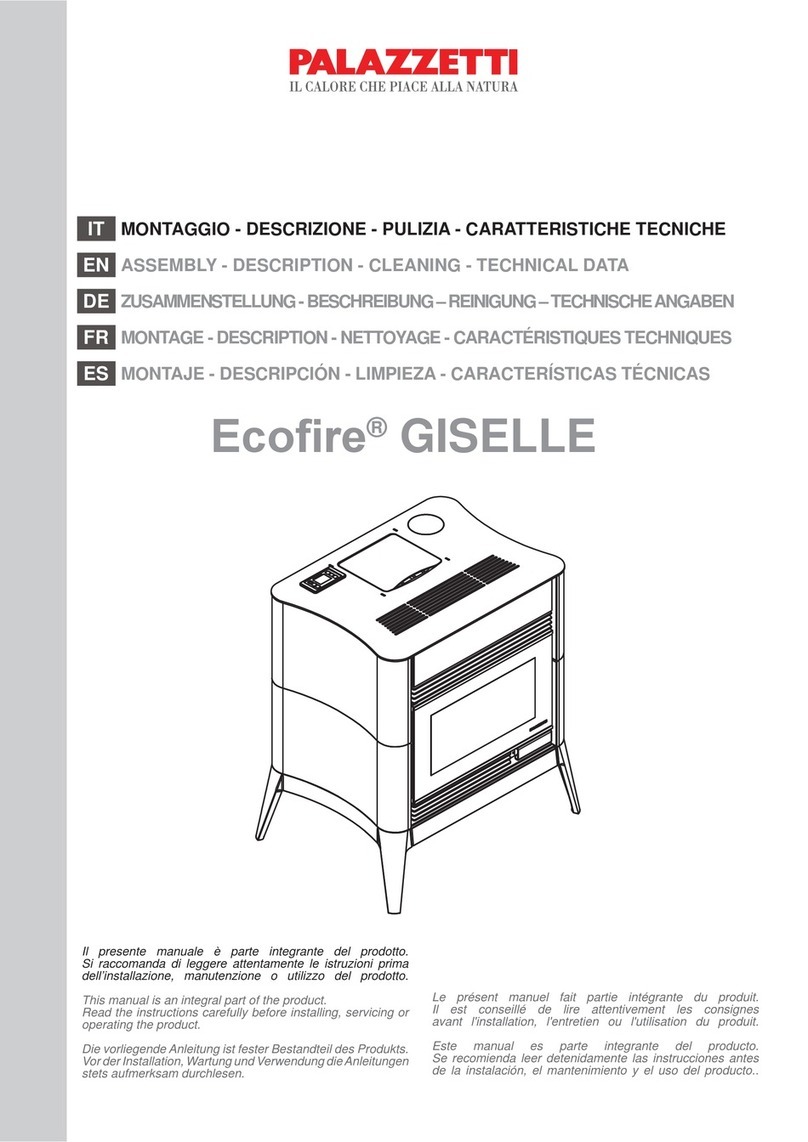
Palazzetti
Palazzetti Ecofire GISELLE Assembly - Description - Cleaning - Technical Data
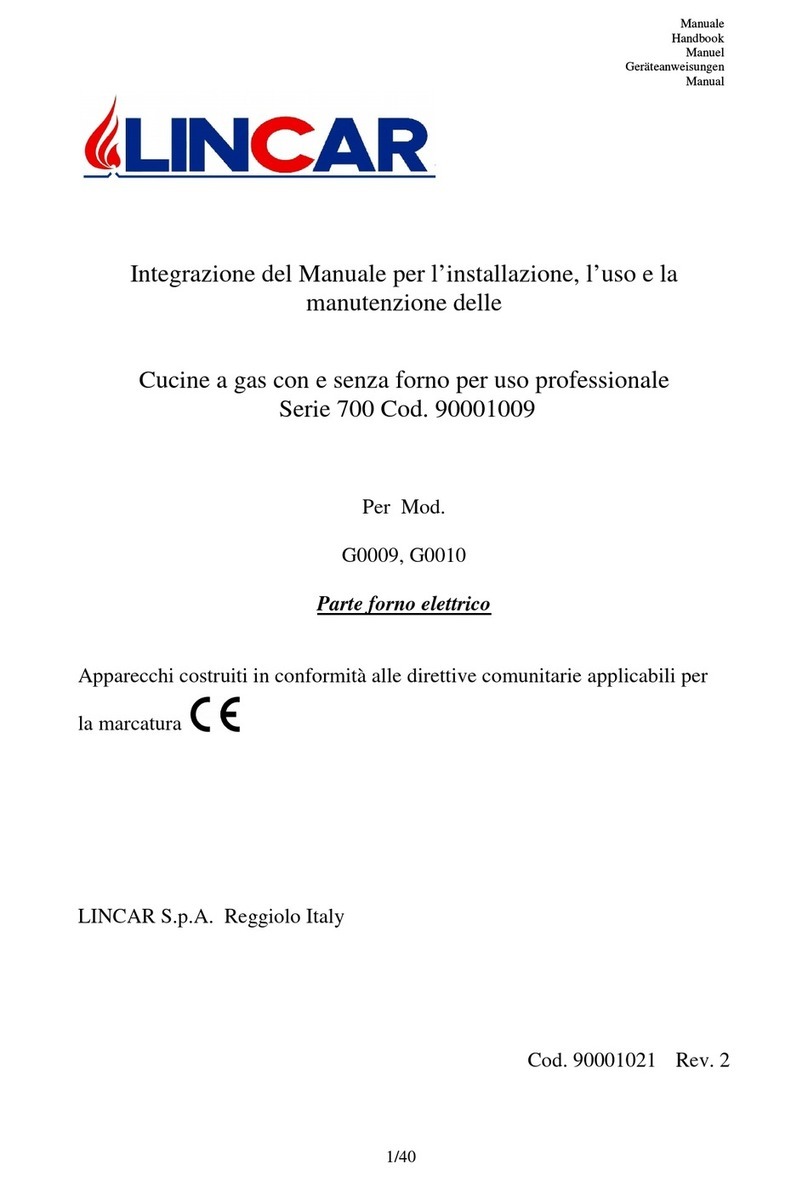
Lincar
Lincar 700 Series Handbook
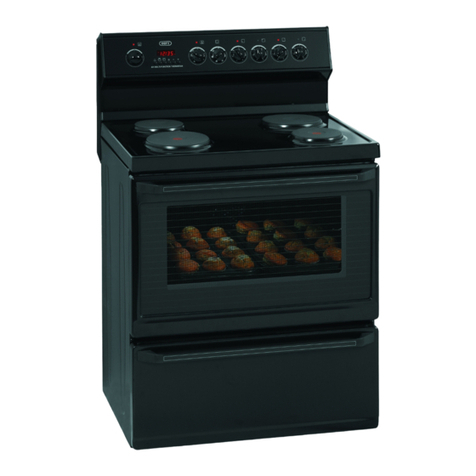
Defy
Defy 831 owner's manual
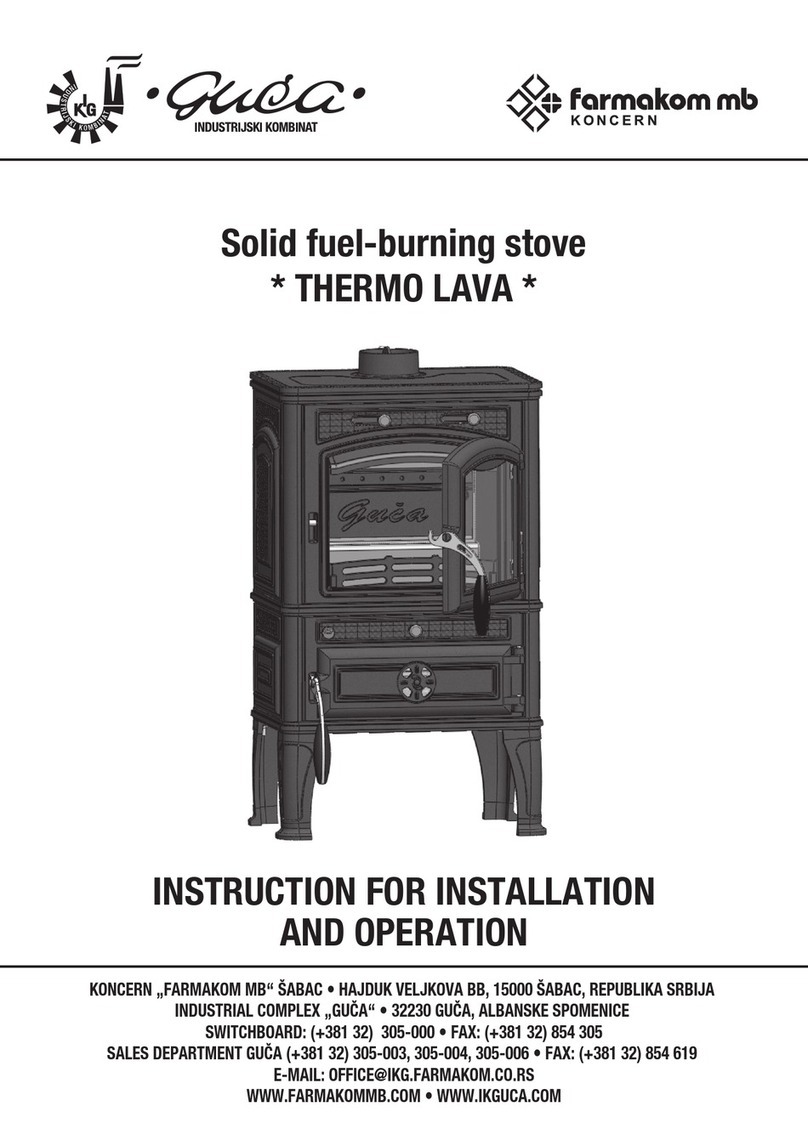
Guca
Guca THERMO LAVA Instructions for installation and operation
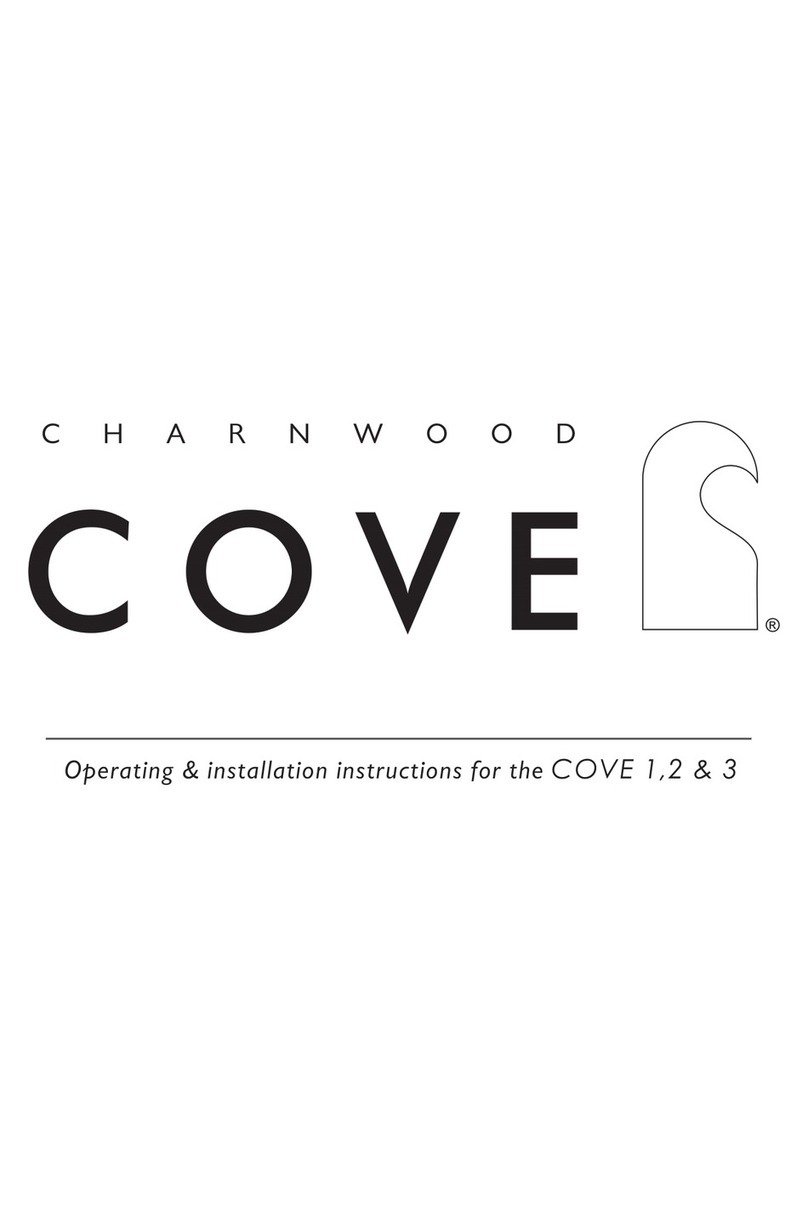
Charnwood
Charnwood COVE Series Operating & installation instructions

Travis Industries
Travis Industries Spirit DV owner's manual

EdilKamin
EdilKamin Stylo ELLE Installation, use and maintenance

Bosca
Bosca SOUL 700 owner's manual